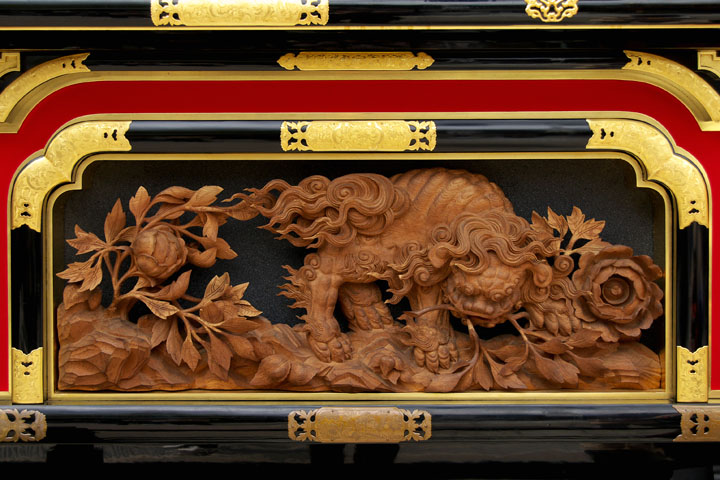
Hida Craftsmanship, a part of Classical History

During the Nara Period (710-794), the Taiho Code of 701 and the Yoro Code of 718 were enforced, and three kinds of taxes (rice; products in kind, usually cloth; and statute labor) were imposed on citizens. People in Hida were exempt from rice and cloth taxes because they lived in an “inferior” region. Instead, each year, 10 men in every 50 households were assigned to work in the capital city to build decorative palaces and temples. For nearly 500 years until the end of the Heian Period (794-1185), about 100 men per year, or 40-50,000 men in total, were sent to the capital (at intervals in parts of present-day Nara and Kyoto). Although some men fled from the very hard working conditions, many were able to advance their careers. The special craftsmanship skills developed then have since been inherited down the generations, and can still be observed everywhere in the area today.
